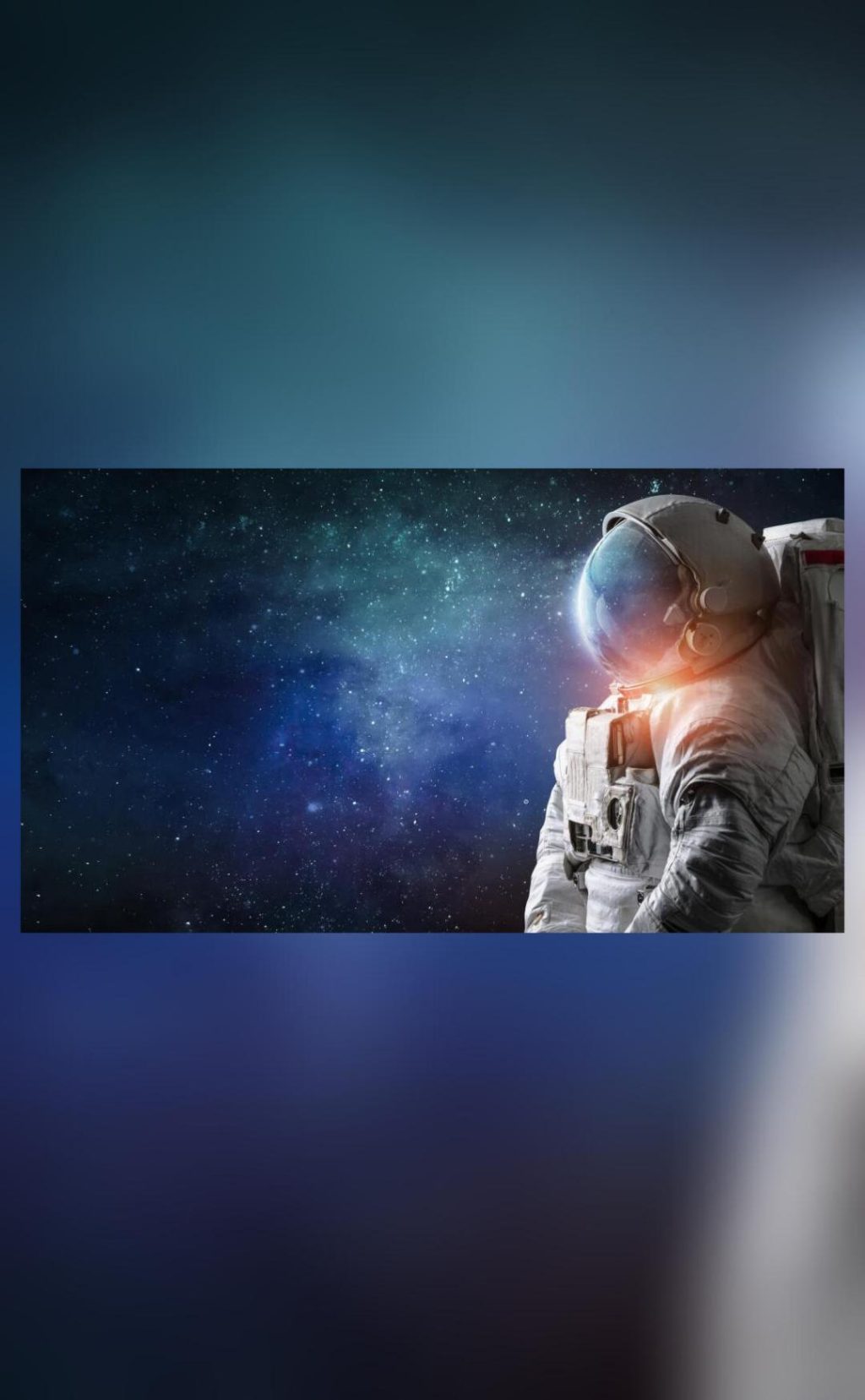
Google & NASA Create AI Medical Assistant for Mars Missions
The prospect of humans setting foot on Mars is no longer a distant dream. NASA and Google have taken a significant step towards making it a reality by developing an AI-powered medical assistant to keep astronauts healthy during their time on the Red Planet. The Crew Medical Officer Digital Assistant (CMO-DA) is a groundbreaking technology that uses machine learning to diagnose and treat medical conditions, ensuring the well-being of space travelers.
The CMO-DA is a multimodal system that processes speech, text, and images to provide accurate diagnoses and treatment plans. This advanced AI technology is built on Google Cloud’s Vertex AI platform, which enables seamless integration with NASA’s existing medical systems. The AI assistant can analyze medical data, identify potential health issues, and provide personalized recommendations for treatment.
The development of CMO-DA is a joint effort between NASA and Google, with the aim of creating a more effective and efficient medical care system for astronauts on long-duration space missions. The AI assistant is designed to work in tandem with human medical professionals, providing critical support and decision-making assistance.
How CMO-DA Works
The CMO-DA system is designed to operate in a space environment where medical professionals may not be readily available. The AI assistant uses natural language processing (NLP) to understand voice commands and respond with diagnostic advice. It can also analyze medical images, such as X-rays and MRIs, to identify potential health issues.
During a recent trial, the CMO-DA system demonstrated impressive diagnostic accuracy rates. In testing for ankle injuries, the AI assistant achieved an accuracy rate of 88%. For ear pain, the system showed an accuracy rate of 80%. These results are significant, as they indicate that the CMO-DA system is capable of providing reliable medical advice in a space environment.
Benefits of CMO-DA
The CMO-DA system offers several benefits for NASA’s Mars missions and future space exploration endeavors. Some of the key advantages include:
- Improved Medical Care: The CMO-DA system provides accurate and timely medical advice, enabling astronauts to receive prompt treatment for medical conditions. This reduces the risk of complications and improves overall health outcomes.
- Enhanced Decision-Making: The AI assistant can analyze vast amounts of medical data and provide personalized recommendations for treatment. This helps medical professionals make informed decisions, even in the absence of expert medical knowledge.
- Increased Efficiency: The CMO-DA system automates routine medical tasks, freeing up medical professionals to focus on more complex cases. This increases efficiency and reduces the workload for medical teams.
- Scalability: The CMO-DA system can be easily integrated into NASA’s existing medical systems, making it scalable for use in future space missions.
The Future of AI in Space Exploration
The development of CMO-DA marks an important milestone in the use of AI in space exploration. As NASA and Google continue to collaborate on this technology, we can expect to see even more innovative applications of AI in the future.
The CMO-DA system is just one example of how AI can be used to improve medical care in space. As we explore the vastness of space, we will need to rely on advanced technologies like AI to ensure the health and well-being of our astronauts.
Conclusion
The Crew Medical Officer Digital Assistant (CMO-DA) is a groundbreaking AI technology that has the potential to revolutionize medical care in space. Developed in collaboration between NASA and Google, the CMO-DA system uses machine learning to diagnose and treat medical conditions, ensuring the well-being of space travelers.
As we look to the future of space exploration, it is clear that AI will play a critical role in achieving our goals. The CMO-DA system is a testament to the power of collaboration and innovation, and it will undoubtedly pave the way for even more advanced AI applications in the years to come.
Source:






